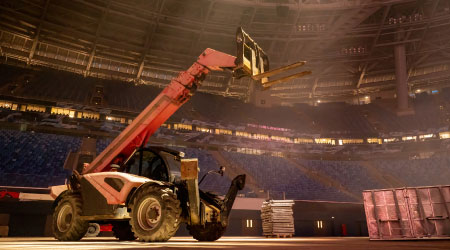Buying into CMMS-Based Inventory System Challenge for Managers
Part two of a 4-part article on inventory management
One of the biggest challenges managers face when establishing a CMMS-based inventory management system is getting everyone to buy into the system. That is the reason technicians hoard parts and equipment in individual shops. To be sure technicians have parts and equipment they need at the time they need it, individual shops order the materials they think they will need and keep it under their control.
This tactic sounds reasonable — until someone inventories the materials actually stocked in those personal supplies. It is not uncommon to find thousands of dollars in inventory, much of it obsolete, damaged, or unidentifiable. To succeed, managers must change this practice.
For inventory management to succeed, managers must show shop supervisors and mechanics the amount of money and space dead inventory is wasting, the amount of money decentralized ordering costs the department in wasted time, ways they can set the parameters for needed materials and the amount the department should keep in stock.
Once managers have at least a tentative buy-in from shop supervisors, the next challenge is to determine the parts and equipment the department should stock and the individual amounts. If a department’s CMMS is being upgraded, managers can review the past demand for various items.
In addition to existing tracking information, managers might need to review work orders to identify materials technicians withdraw from shop inventories and the timing of those withdrawals. But managers cannot simply rely on past requirements because this data does not always predict future needs. Managers should have individual shop supervisors review the list and identify additional items they need.
Managers also should identify items they no longer need due to equipment replacement or other changes within the facility. Their input makes the system more effective, and it can lead to greater buy-in from technicians.
Related Topics:















